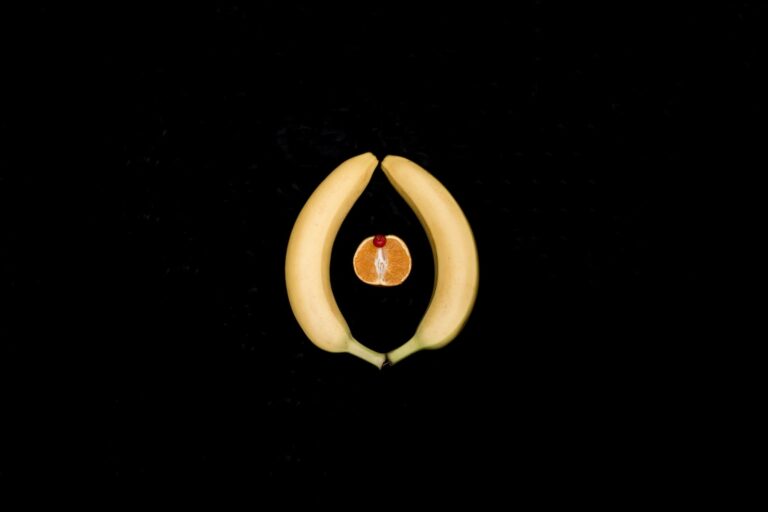If you’ve ever been inside of a vagina, you know it can feel bumpy and a bit weird. But did you know that there’s actually a reason for that?
The vagina is what allows you to do things like menstruate, have sexual intercourse, and birth babies. It also serves as a barrier between the urethra and your anus, and it can accommodate a finger, penis, or tampon.
The vaginal wall
Sadly, many women are confused about the number of holes they have ’down there’. Those holes are the vagina, the urethra and the anus.
The vagina is the muscular tube that connects your external genitalia with the cervix of your uterus, also known as the vulva. It can be about 3 or 4 inches long and can expand to twice its length during sexual arousal. The walls are lined with layers of wrinkles and folds of muscle and produce mucus that helps the vagina lubricate itself for sex, trap semen for conception and cleanse itself after childbirth.
When it comes to urination, the urethra, a tubular structure that carries urine out of your body, goes through a hole at the top of the vulva. This opening is called the urethral opening and is located beneath your clitoris.
The anus, another hole in the vulva, leads to your penis and allows for sex. The anus can be up to 8 inches in length and produces a hardening of the urethra, which reduces friction and helps sperm move through the urethra during penetration. The vulva wall is made of muscle with many elastic fibers. It contains rugae, which are pleats of extra tissue that help the vulva expand during sex and during pregnancy – This section was taken from the website sexysexstory.com. The vulva also stores glycogen, which is broken down and released by the hormones of ovulation during sexual arousal.
The urethra
Women have three holes down there – the vagina, the anus, and the urethra. The vagina is where menstrual blood leaves the body, a penis enters during sexual intercourse, and a baby exits during childbirth. The anus is the hole through which urine leaves the body. The urethra is the small opening that’s hard to see or feel and is located right below the clitoris.
This tube carries urine from the bladder to the outside of the body, and it’s connected to the vulva (the external female genital organs). The male urethra is longer at about 8 inches, ending at the tip of the penis. The female urethra is shorter, about 4 inches long.
The urethra is surrounded by a layer of stratified squamous epithelium and is covered by the vulva. This layer provides protection and lubrication. The vagina is also supported by a thick fibrous layer called the adventitia.
Women’s bodies have many different shapes and sizes, so the number of holes in a woman’s nether regions can vary greatly. However, most women have two openings that connect to the uterus and cervix: the vagina and the anus. The vagina is the most well-known of these openings, and it’s where menstrual blood leaves the body, where a penis enters during sexual intercourse, or where a baby exits during childbirth.
The vaginal opening
The vulva (female genitalia) has many different shapes and sizes, so there’s no one right way for it to look. It can also change over time, especially after childbirth and menopause.
Inside your vulva are the labia majora and minora, or outer and inner lips, as well as the opening to the urethra and the anus. The urethra is a tube that carries urine from your body to the outside, and it’s located above the clitoris. The anus is the hole that opens when you pee, and it’s located below the urethra.
There’s a lot that goes in and out of the vagina, including period blood, sperm, baby, food, tampons, sex toys, and more. Your vulva’s walls are lined with mucus that helps it hold everything in place. It’s also flexible, so it can expand when you’re aroused and stretch as you give birth or have sex.
Most women’s vulvas are narrower near the anus and wider toward the cervix. This is because of the vaginal ligament, which is a stretchy tissue that helps hold the vaginal walls together. The muscles that connect this ligament to the rest of the vulva are called the labia. The vaginal depth can vary, too. It’s usually 3 to 4 inches deep, but it can be longer or shorter, depending on the size of your penis and the cervix.
The anus
The anus is the end of the rectum where stool (also called feces) comes out. The anus has a muscular ring, called a sphincter, that contracts to stop the flow of stool. But when you’re having a bowel movement, this muscle relaxes and stool comes out through the anal canal. The anus is also the place where sexually transmitted diseases like HIV/AIDS can enter and exit the body. It’s why it’s important to use a condom when engaging in sexual activity.
The walls of your vagina are made of mucosal tissue, which is similar to the tissue that lines your mouth, nose, and digestive tract. These tissues are made of a blend of collagen, elastin, and other protein molecules, giving the vagina its strength and ability to stretch. Fluids are released by the vaginal walls to keep the area moist and during sexual arousal to increase lubrication.
But despite the vagina’s many layers and intricate structure, it’s still easy for most people to get it wrong. When asked to identify the holes in their genitals, participants in a recent study were unable to correctly label all seven structures, including the urethra, anus, and perineum. Many used slang terms such as “bumhole” and “pee hole,” which may have contributed to their confusion. Those with less feminine-sounding names, such as “stomach hole” and “butthole,” had the highest rate of accuracy.
See Also:






